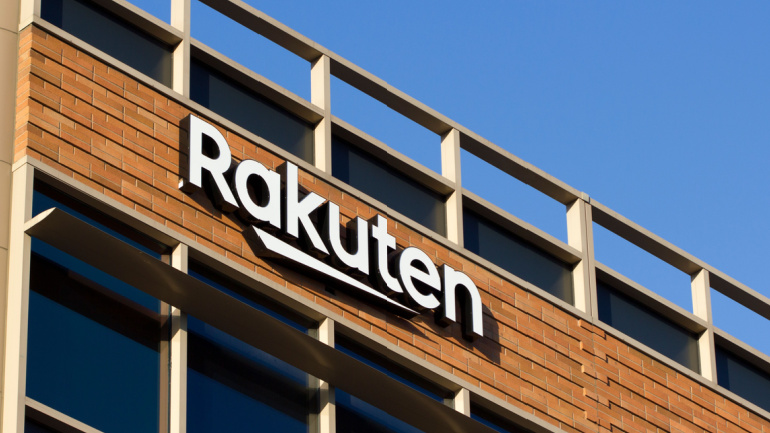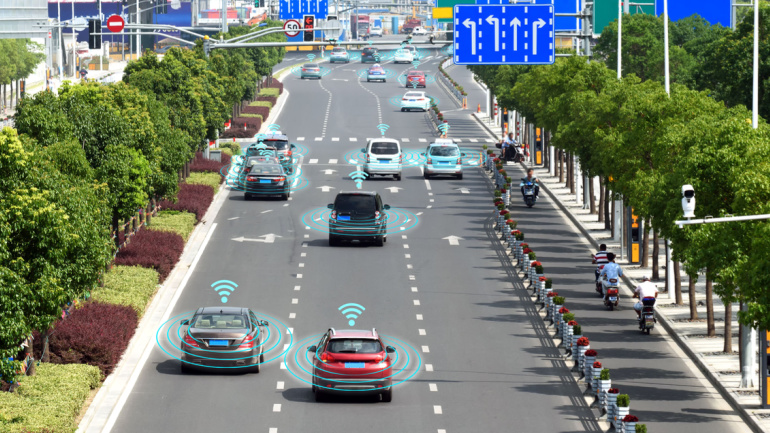The intriguing merger between Dish Network and EchoStar creates a powerful entity in wireless connectivity, poised to lead in both terrestrial and non-terrestrial realms. Fusing Dish’s comprehensive services with EchoStar’s satellite solutions promises robust connectivity options, utilizing a vast array of technology and expertise. Yet, beyond the marriage of technology, the merger is primarily a tale of economic survival and growth. The incorporation of EchoStar’s financial stability into Dish’s uncertainty may just be the lifeline
TDS, UScellular’s parent company, is reportedly reviewing strategic paths for the mobile operator, with market whispers around a possible sale or welcoming new investors, guided by Citi advisor. Currently the fifth-largest mobile service provider in the U.S., UScellular’s assets, including investment in 5G and numerous mobile towers, make it an attractive prospect for big-name telecoms like T-Mobile, Verizon, and AT&T. However, its segmented presence may pose challenges.
As Rakuten Symphony’s CEO, Tareq Amin, unexpectedly departs, it heightens the mystery around the company’s subdued performance this year. Despite a promising start and securing a deal with Germany’s greenfield mobile operator 1&1, Symphony’s momentum appears to have plateaued. Yet a recent MoU with Veon to explore Open RAN solutions offers a beacon of hope. Amidst tricky market conditions and scarce major RAN deals, all eyes are now on acting president Sharad Sriwastawa to breathe new life into Symphony.
Cybersecurity landscape has been rapidly changing, as hackers abandon phishing for exploiting software vulnerabilities, a trend illuminated in a study by Akamai. The study revealed a dramatic 143% increase in victims during Q1, predominantly due to surging incidents of zero-day and one-day vulnerabilities. Surprisingly, smaller organizations, particularly those within manufacturing, business services, retail, construction, and education sectors are often targeted.
Bringing 4G to the UK’s remotest realms, Three UK has established 100 dedicated sites through the Shared Rural Network (SRN). This initiative enhances coverage by around 2,800km2, reaching over 37,000 new premises. However, with the ambitious goal to extend 4G coverage to 95% of the country by 2025, one can’t help but ponder, is the UK on pace to meet this target? Participate in the discussion at the Connected Britain digital economy event.
Unveiling a fresh milestone, the UAE’s TDRA has concluded phase two of its 5G Advanced trials, achieving a staggering 10 Gbps speed. This development, achieved in collaboration with operators e& and du, utilized the full potential of the 400 MHz bandwidth in the 6 GHz band. This accelerates the data transfer rate, vastly enhancing capacities for IoT, smart city projects, and metaverse evolution.
As Three UK reports a 4% revenue boost, courtesy of an expanded active customer base, its operations cost, inflated by 19%, outpaces earnings, hinting at potential sustainability issues. In a different landscape, Telecom Italia shows a 5.5% Q2 profit increase, largely on Brazil’s performance, though competitive pricing in Italy has forced a hefty debt, leading TIM to consider selling its landline grid. At the same time, BT Group sees an uptick in revenue by 4%, attributed to raised prices and improved customer satisfaction. Contrarily, US-based Qualcomm, hit by reduced consumer spending, anticipates a similar upcoming quarter, resulting in a sharp fall in share price. Meanwhile, Bharti Airtel highlights a 14.1% YoY revenue increase, fueled by its growing 4G and postpaid customer base.
Significant strides are being made in Slovakia’s telecommunications sector with O2 Slovakia and Slovak Telekom finalizing an eagerly anticipated network sharing agreement. Ultimately expected to lower costs and enhance service quality, this move notably excludes Bratislava and Košice, with both operators maintaining their separate networks in these areas.
Deutsche Telekom and MIRA dive into an ambitious project crafting the ‘shuttle service of the future’ in Bonn, using the premise of teleoperation or remote driving. Facilitated by speedy 5G data transmission, this experiment highlights the necessity of ‘network slicing’ and ‘quality on demand’ for autonomous vehicles. Yet, governmental restrictions on remote-controlled travel present a hurdle. Despite the challenges, both firms remain hopeful, envisioning a driver-free automobile future.
The UK government’s ambitious Connectivity in Low Earth Orbit (CLEO) initiative aims to propel satellite communications development, backed by a sum of £160 million. With a main focus on Low Earth Orbit (LEO) satellite constellations, this programme holds potential to bridge the digital divide and boost economical growth. This initiative, however, still awaits the green light through regular approval processes.













